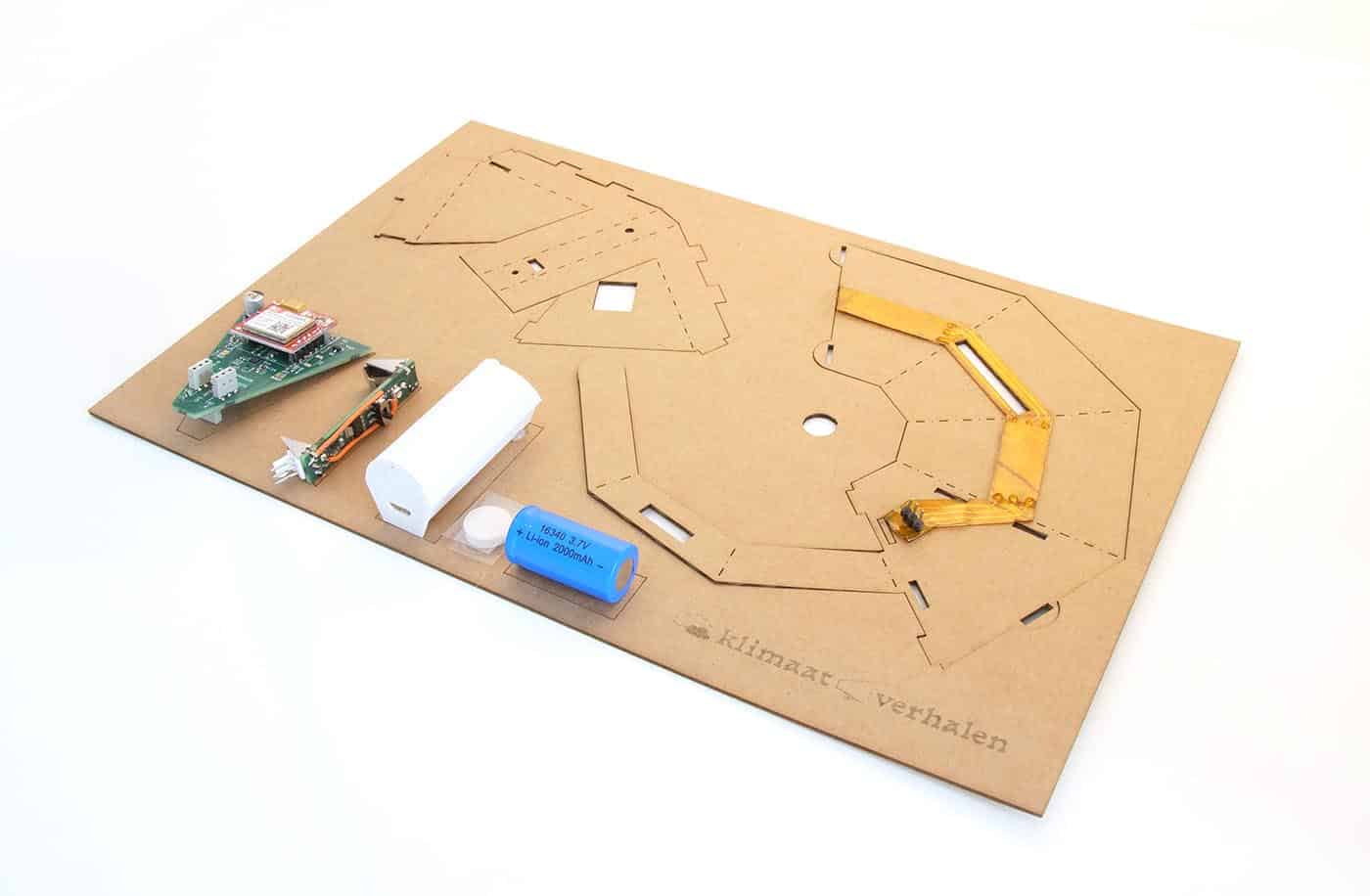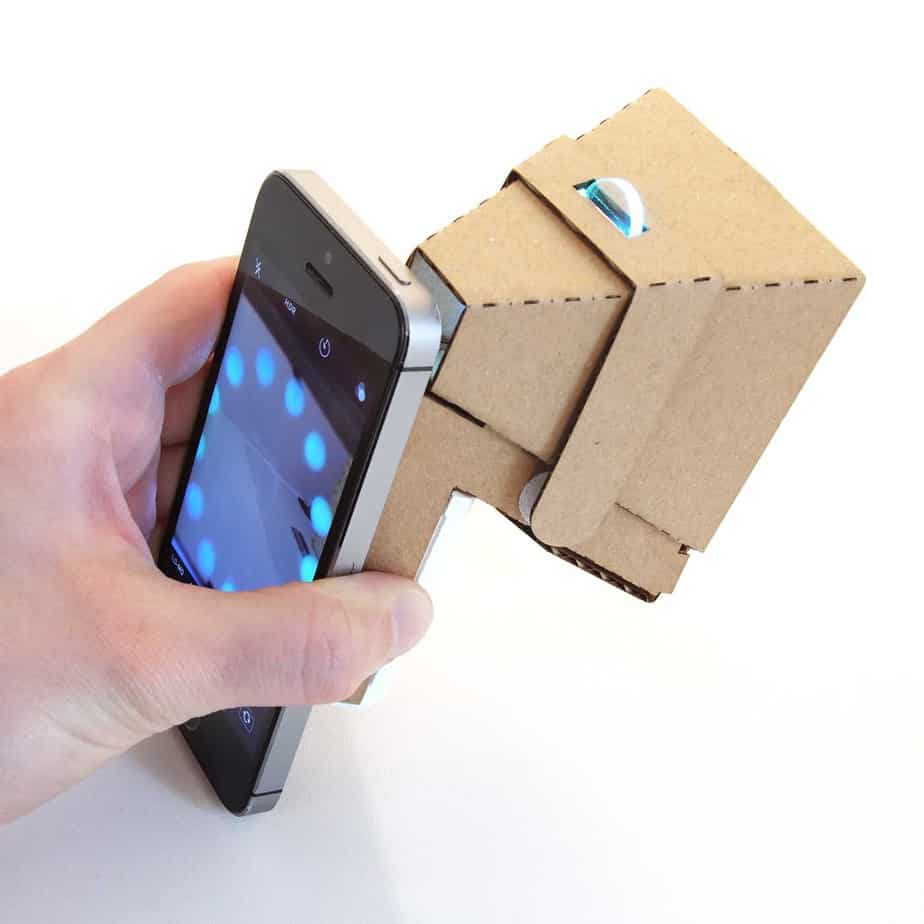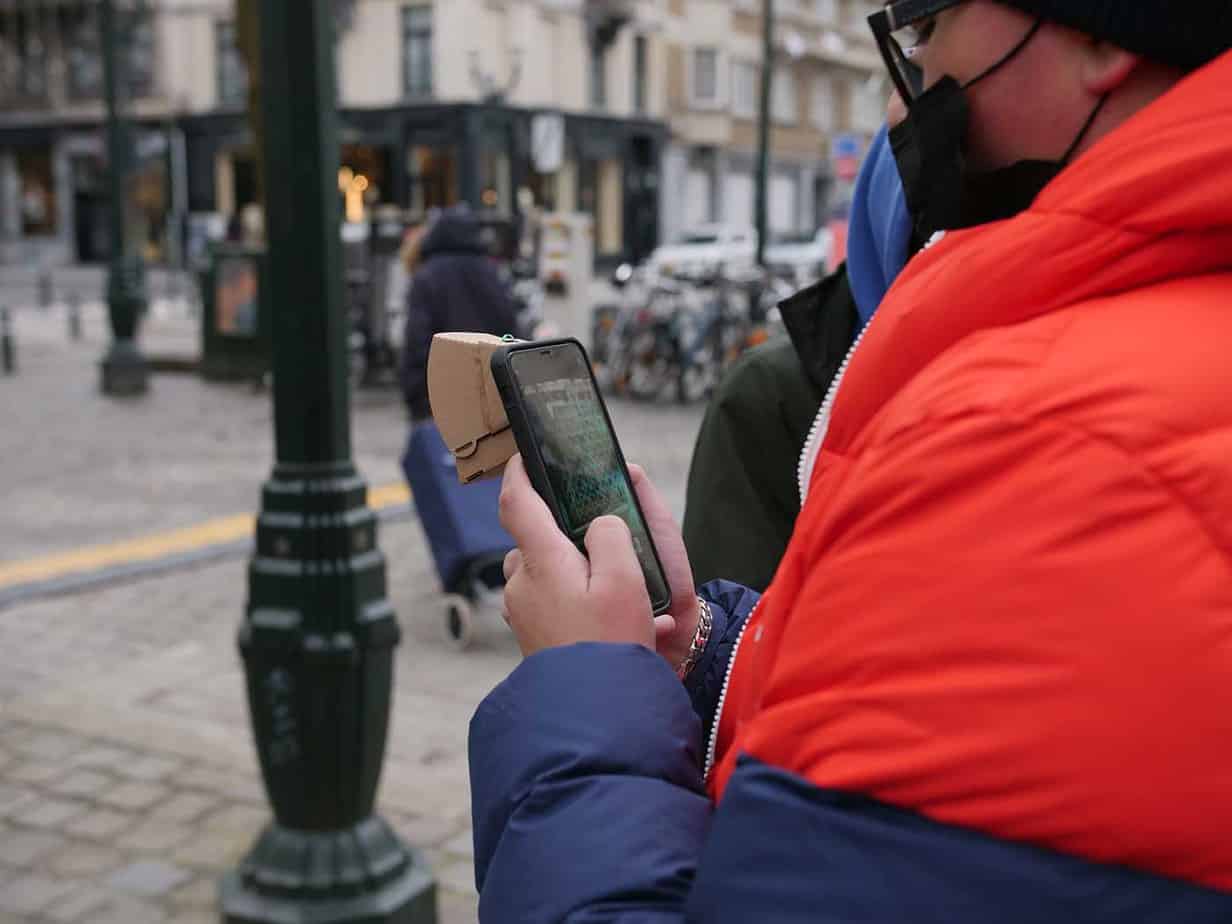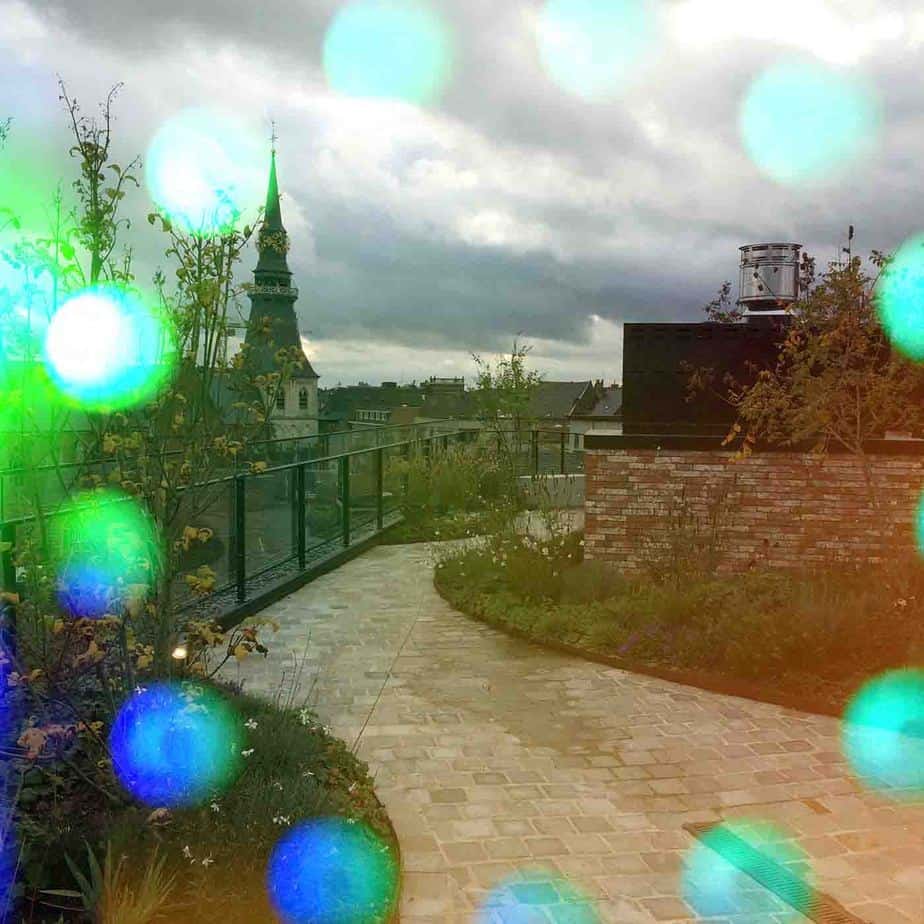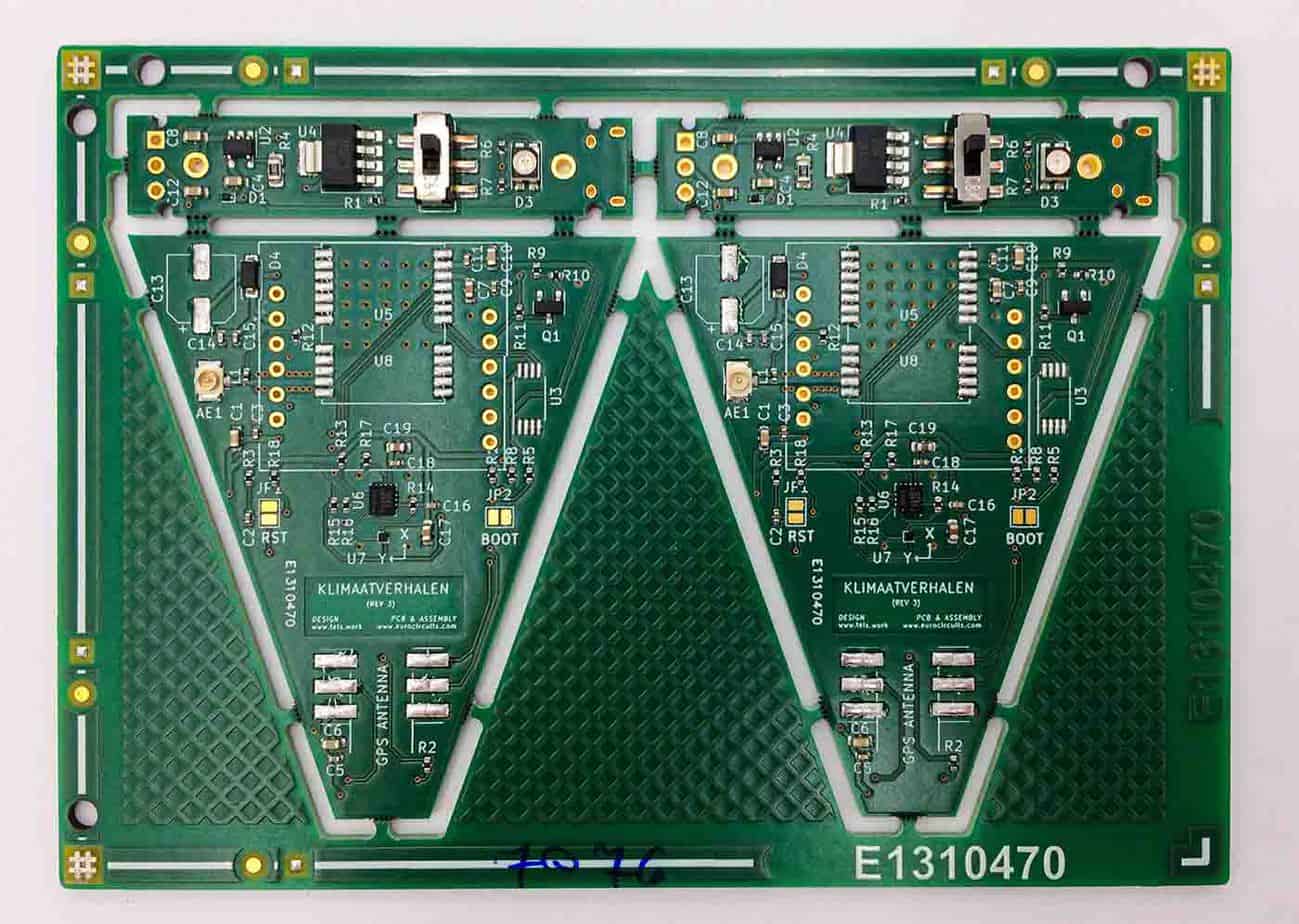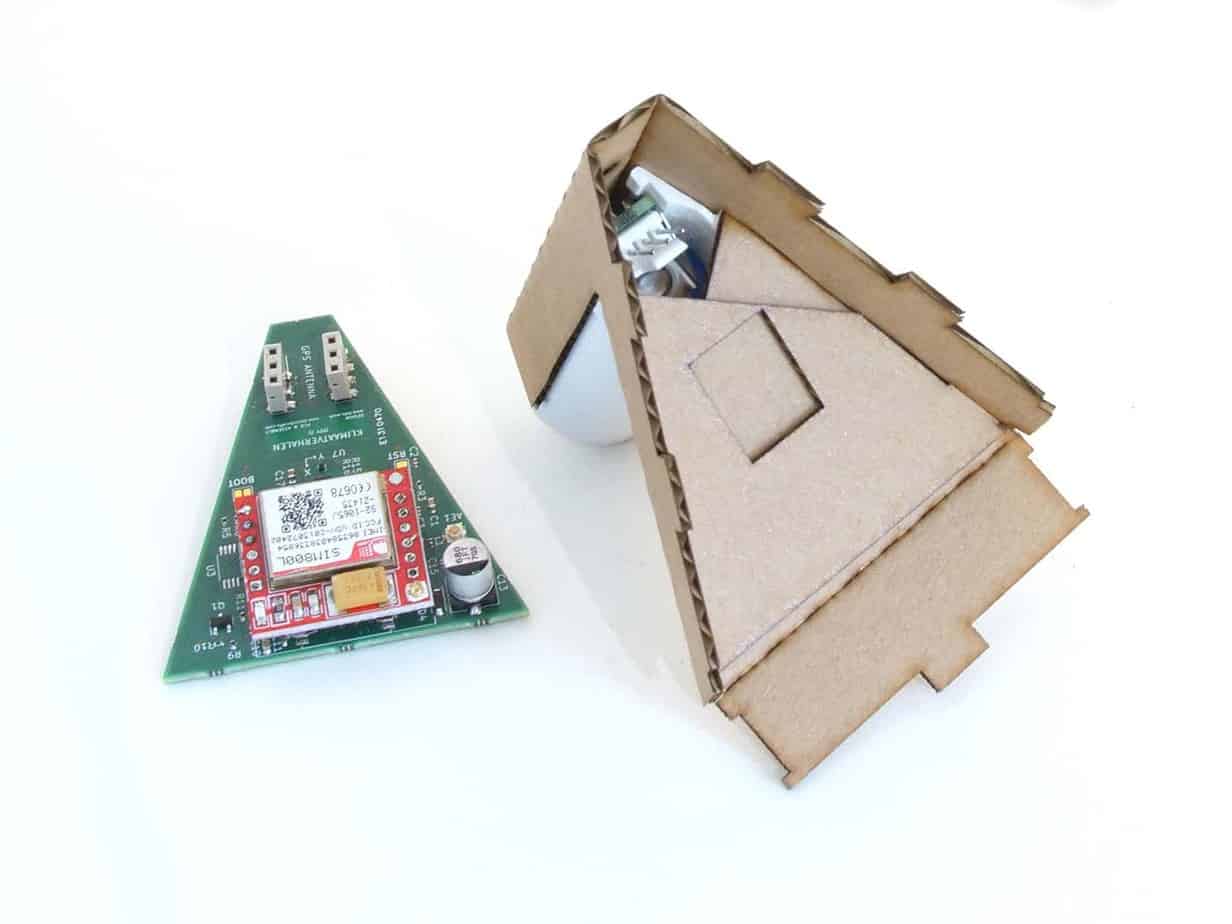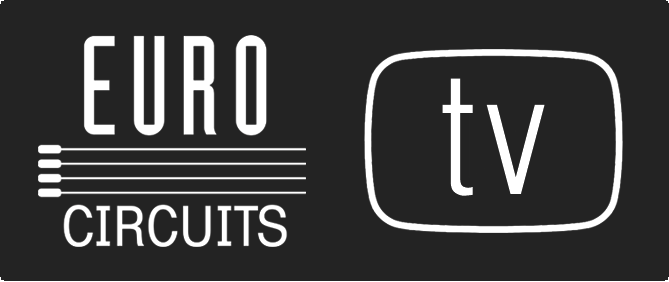Climate Stories: visualising air quality with Eurocircuits PCBs
Climate Stories is a research project from three Belgian higher education institutions (VUB, UCLL and LUCA School of Arts). The bigger goal is to explore how youngsters experience issues related to climate change and air pollution. As part of the project, we organised a series of digital storytelling workshops with 50 participants around the age of 14, in collaboration with a highschool (Koninklijk Atheneum Brussel) and two local NGOs (Habbekrats, a youth work organisation for vulnerable children and youngsters in Hasselt, and MAKS, a centre that organises activities around digital inclusion in Brussels). During the workshops, the participating youngsters first learn about causes of climate change and air pollution and then go out to take photos in their neighbourhood. They then are guided to edit this material into a digital story — a short personal video that captures their views and experience of climate change and air pollution. For the first part of the project (making photos) we developed a lens that can be held in front of a smartphone or digital compact camera and alters the photos based on real-time air quality data from surrounding sensors.About the Project
How it works
The lens contains a microcontroller with Wi-Fi capabilities (ESP8266 from Espressif Systems) and a GPRS module (SIM800 from SIMCom). By repeatedly scanning the MAC addresses of all Wi-Fi networks within reach, we can use Google’s Geolocation API to determine the position of the user with an average accuracy of ±25 meter. Once the system has determined its location, it contacts the Sensor.Community API — a database of air quality data collected by over 10.000 particulate matter sensors in cities all over Europe, placed and maintained by volunteers. During our workshop walks in Hasselt and Brussels, this usually resulted in real-time air quality data from 3 to 5 sensors within a 2km radius. Inside the body of the lens, a strip of RGB LEDs translates the air quality data into patterns of coloured light. The light is diffused through a transparent plexiglas sheet with engraved patterns. When the user holds the lens in front of a camera, these illuminated patterns create a semi-transparant overlay on the photo, capturing the air quality at the moment and place the photo was made.
The lens also contains an accelerometer, gyroscope and magnetometer combination that functions as a tilt-compensated compass. This way, the patterns of light move around as the user turns left or right, like a compass that points towards nearby air quality sensors. For example: a greenish pattern of light on the top right of the photo would mean there is a sensor measuring relatively good air quality towards the Northeast, while a red pattern on the left would mean there is a sensor measuring poor air quality towards the West.
The PCB
While the technology used in the air quality lens is relatively simple, we were still happy we could rely on the various features offered by Eurocircuits’ manufacturing and assembly services to help us meet tight deadlines.
Our PCB consists of two parts — a battery holder with charger controller and voltage regulator, and the main PCB containing the other electronics. The settings for milling and panelization in the Eurocircuits Visualiser made it convenient to set up the project according to our needs.
Before placing the final order of 20 boards, we ordered a single prototype through the PCB PROTO service. Here we encountered an unforeseen obstacle. Over the course of two weeks between starting the design and ordering the PCB, one of the components in the design (the accelerometer, gyroscope and magnetometer combination) had been sold out from all major suppliers due to the global chip shortages! We quickly altered the board, but the only low-cost magnetometer available at the time was an ultra-small wafer level package with a 0.4mm pitch. Luckily, the assembly service could handle this component without issues, and the need for a Che Ni/Au selective surface finish only extended the lead-time of the production by one day.
To ensure we wouldn’t encounter supply chain problems in our final order of 20 boards, we tried out Eurocircuits’ brand new Part Reservation tool so that the critical parts would be sourced and reserved for our project. This tool is a great addition to the workflow, as it significantly speeds up the lead-time for the assembly.
Thanks to Eurocircuits for supporting us in the fabrication of the PCBs!
Teis De Greve, PhD candidate at LUCA School of Arts


